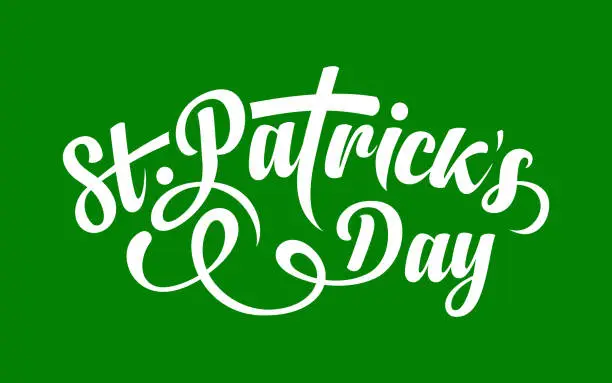Saint Patrick, who lived during the fifth century, is the patron saint of Ireland and its national apostle. Born in Roman Britain, he was kidnapped and brought to Ireland as a slave at 16. He later escaped, but returned to Ireland and was credited with bringing Christianity to its people. Saint Patrick was born “Maewyn Succat” but changed his name to “Patricius” after becoming a priest.
Since around the ninth or 10th Century, people in Ireland have been observing the Roman Catholic feast day of St. Patrick on March 17. The first St. Patrick’s Day parade took place not in Ireland but in America. Records show that a St. Patrick’s Day parade was held on March 17, 1601 in a Spanish colony in what is now St. Augustine, Florida.
There isn’t any corn in the traditional St. Patrick’s Day meal of corned beef and cabbage. The name is a reference to the large grains of salt historically used to cure meats, which were also known as “corns.” Saint Patrick was born “Maewyn Succat” but changed his name to “Patricius” after becoming a priest.
Saint Patrick didn’t wear green. His color was “Saint Patrick’s blue.” Green became associated with St. Patrick’s Day after it was linked to the Irish independence movement in the late 18th century.
According to Irish legend, Saint Patrick used the shamrock as a metaphor for the Holy Trinity when he was first introducing Christianity to Ireland.
Saint Patrick is credited for driving the snakes out of Ireland, but according to the fossil record, Ireland has never been home to snakes as it was too cold to host reptiles during the Ice Age. The surrounding seas have kept snakes out since.
Turning the Chicago River green: The practice started in 1962, when city pollution-control workers used dyes to trace illegal sewage discharges and realized that the green dye might provide a unique way to celebrate the holiday.
Leprechaun: One icon of the Irish holiday is the Leprechaun. The original Irish name for these figures of folklore is “lobaircin,” meaning “small-bodied fellow.” Belief in leprechauns probably stems from Celtic belief in fairies, tiny men and women who could use their magical powers to serve good or evil. Though only minor figures in Celtic folklore, leprechauns were known for their trickery or shenanigans, which they often used to protect their much-fabled treasure.
History.com Editors, History of St. Patrick’s Day, https://www.history.com/topics/st-patricks-day/history-of-st-patricks-day, March 4, 2024.
Check out our other blogs or check back weekly for our upcoming blogs, such as DIY projects, and much more!






